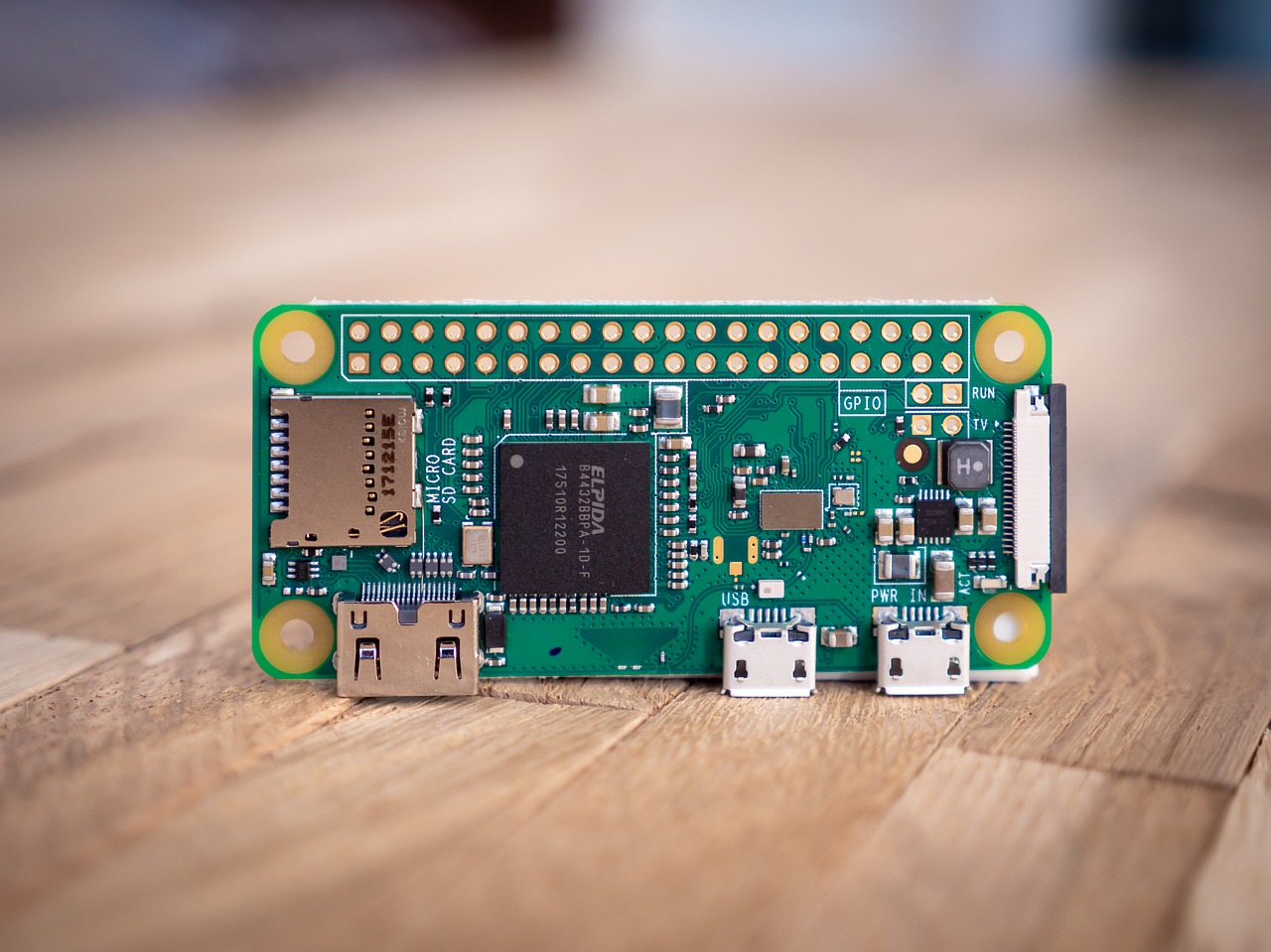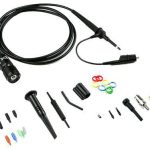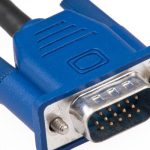
Battery constraints amidst rising power demands
Designers for the Internet of Things devices are facing a challenge meeting the conflicting requirements spurred by the customer demand and emerging wireless technologies. Customers are demanding longer battery life whereas emerging networks like Bluetooth 5 and Wi-Fi connectivity are constraining the power limits of the battery-powered IoT devices. Wi-Fi and Bluetooth protocols offer standard protocols to aid in reducing power consumption however more efficiency will be achieved if the architecture is streamlined. An architecture that combines radio subsystems capable of offloading network processing tasks and embodies a low-power microcontroller goes a long way in improving battery life.
Challenges posed by Wi-Fi and Bluetooth
Bluetooth enables devices to interact with smartphones and other devices. Many applications require Wi-Fi to access WLAN to access the internet directly or interact with other peer devices. Continuous connectivity of devices to these networks strain the battery life of battery-powered IoT devices.
To mitigate these challenges, Bluetooth Low Energy reduces power consumption through optimizing advertising frequency and payload. Increasing advertising interval enables IoT devices to delay transmitter operations whereas decreasing payload reduces the duration of transmitter events. BLE also has a feature called slave latency that enables peripherals to skip connection events. Slave latency in Wi-Fi, DTIM, BLE enables devices to remain in low-power mode for a longer period.
Dual connectivity for extended battery life
To leverage these features offered by Wi-Fi and Bluetooth, Cypress Semiconductor CY8CKIT- 062S2-431012 Wi-Fi BT Pioneer Kit extends the battery life much longer. The Cypress Kit comes equipped with jumper wires, a USB cable, and a PSoC 62S2 Wi-Fi BT Pioneer board. PSoC 62S2 offers a comprehensive development platform and a hardware system full of features that can be used to implement low-power IoT designs. Cypress kit uses Cypress software and allows developers to evaluate and rapidly roll out a variety of sophisticated power management capabilities.
The board has a carrier module that integrates a Cypress Semiconductor PSoC 6 microcontroller and Murata Electronics connectivity module. It also has an RF switch and dual-band 2.45 / 5GHz mini chip antenna round out the support devices.
PSoC 6 has been designed to eliminate the conventional trade-off between processing power and power consumption. It integrates 150 MHz Arm Cortex-M4 that acts as the primary application processor and a 100MHz Arm Cortex-M0+ that handles the low-power operation. It also integrates an SRAM and a cryptography engine programmable analogue and digital peripherals, Capsense touch sensing support, and multiple system interfaces.
PSoC 62S2 and battery life
PSoC 6 has been designed to reduce power consumption. It has comprehensive power modes and power reduction capabilities. Designers can implement a power save poll method using a WHD library. They simply call the WHD API function (when-wifi-enable power save ()) thus enabling power save poll. When this is enabled, the STA notifies the AP that it slipped into sleep mode. As such the AP buffers any frames set for the sleeping STA and then program. its periodic beacon to indicate that frames are available. The moment the STA wakes to check the beacon, it starts a standard process of retrieving the frames.
You May Like: Sensor Development Kit for IoT , RSL10 sensor
Unwanted packet traffic as well as legitimate network traffic could cause the host processor to wake up needlessly. For instance, the Wi-Fi standard ARP uses a broadcast packet to map device IP to its MAC address. An ARP request and response can overburden the host device. To mitigate this, the Murata wireless connectivity module intervenes in the exchange. It offloads the ARP request handling from PSoC6. As such, when the PSoC6 is engaged in its primary IoT application functionality, offloading ARP requests preserves processor application execution. When in sleep mode, offloading reduces overall IoT device power consumption. Murata only wakes up the PSoC 62S2. when an incoming ARP request could not be satisfied by entries cached in the Murata module.
Summary
Continuous wireless connectivity strains battery life in IoT devices. Combining a radio system capable of offloading network processing tasks with low-power microcontroller the Semiconductor CY8CKIT-062S2-43012 Wi-Fi BT Pioneer Kit improves battery life significantly.






















